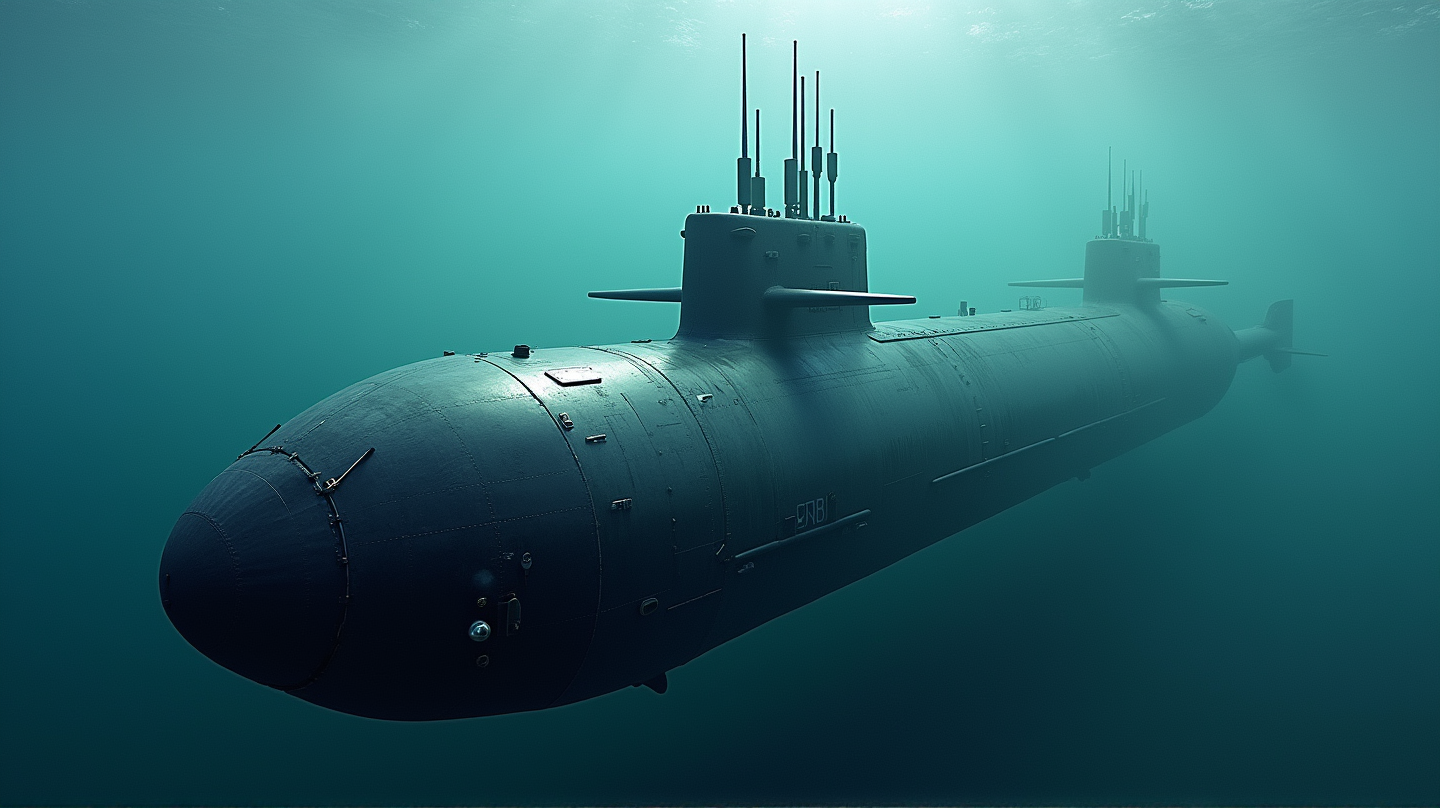As diplomatic tides bring nations closer in strategic partnerships, China has once again demonstrated its commitment to bolstering Pakistan’s naval might. The delivery of a second advanced Hangor-class submarine, part of an agreement for eight such vessels, signifies a crucial enhancement of Pakistan’s capabilities in the Arabian Sea and the broader Indian Ocean.
A Strategic Pillar in Maritime Security
The new Hangor-class submarine, a marvel of modern maritime technology, is designed to elevate Pakistan’s strategic posture. With its cutting-edge weapons and sensor systems, this submarine can engage targets at standoff ranges, ensuring a formidable presence in regional waters. Such advancements not only bolster Pakistan’s defense but also highlight China’s steadily increasing influence in the Arabian Sea, particularly around the Gwadar port.
Building a Navy for the Future
According to Zhang Junshe, a Chinese military affairs expert, the Hangor-class submarines boast a robust comprehensive combat capability. Its air-independent propulsion system grants it sustained stealth, unmatched maneuverability, and endurance, making it a cornerstone of the Pakistan Navy’s future operations. From torpedoes to anti-ship missiles, its arsenal is expansive, adding layers of defense and deterrence.
The Bigger Picture of China-Pakistan Military Cooperation
Recent data from the Stockholm International Peace Research Institute (SIPRI) underscores the depth of China-Pakistan military collaboration. A staggering 81% of Pakistan’s advanced military systems have been sourced from China, with deals valued over USD 5 billion. This partnership extends beyond submarines, encompassing everything from sophisticated reconnaissance drones to multi-role fighter jets, outlining a robust framework for continued military evolution.
A Forward-Thinking Military Alliance
China’s support isn’t just about hardware; it’s about technology transfer and local manufacturing. Under the ongoing deal, while some submarines are produced in China, others will be constructed in Karachi, facilitating crucial skill and technology transfer. This aspect of the agreement fosters local capabilities, ensuring that Pakistan isn’t just a recipient but also a participant in its own naval transformation.
Looking Towards the Horizon: Future Prospects
The Chinese military’s open channel to potentially supply fifth-generation fighter jets, such as the J-35 stealth multirole fighter, tantalizingly hints at even greater future cooperation. As Pakistan navigates its defense strategies in a complex geopolitical landscape, its alliance with China remains a beacon of potential.
As stated in The Economic Times, these developments mark a significant stride in the deepening military relationship between China and Pakistan, paving the way for increased stability and influence in critical maritime domains.
